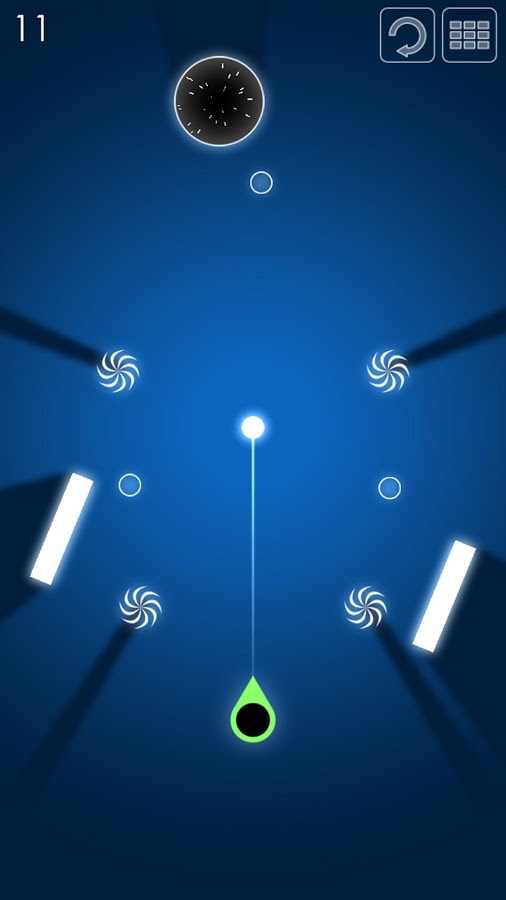

The measure of luminance is candelas per square meter or foot-lamberts (FL). A typical home or office will have an illuminance of 300 to 500 lux or between 30 to 50 footcandles. On a sunny day, it produces 150,000 lux compared to an overcast winter day which produces only 1,000 lux. This is the amount of light on a surface one foot from a standard candle.įor a better viewpoint, daylight produces illuminances that cover a broad range. To better understand a footcandle, we look at it is a unit of illuminance produced by one lumen hitting a one-square-foot area. A light meter is used to measure illuminance in lux. The metric version of this measurement is lumens per square meter or lux. To measure illuminance, we use lumens per square foot or footcandles. How do we measure illuminance and luminance?

Glare is also closely related to luminance. The sun’s and the moon’s luminance give us a wide range of brightness which our eye can handle. Since luminance is what we see, then every light source has luminance too. For example, in a dark room, the screen of your phone is very bright, but not when you look at it in direct sunlight. Brightness is a qualitative measure of how bright an object is which is affected by contrast. The world contains a pattern of varying luminances.īrightness, though related to luminance is something that is not quantifiable. It is apparent brightness, how bright an object appears to your eyes. What is so important about light reflected on a surface? This is the light that enables us to see objects in this world. This light is detected by a typical human eye from a particular angle. Luminance is the amount of light reflected from a flat surface. For example, if you simply need to walk down a hallway, you don’t need a high illuminance value compared to reading the fine print. The values of illuminance for lighting applications will depend on the complexity of the visual task that is to be performed. Illuminance landing on a vertical surface, such as a wall, is described as vertical illuminance. If the light lands on a horizontal surface, such as a desk, it is described as horizontal illuminance. The illuminance will be of high value if the area illuminated is close to the light source. This incident is the beam of light actually landing on the surface. The illuminance is also called incident light. It is not the same as the amount of light produced by a light source. Illuminance is the intensity of light falling on a surface area, such as a wall or a desk.

In order to evaluate the lighting fixture, you should measure the illuminance and the luminance. In other words, the lumen output should not be the determining factor for the suitability of a lighting fixture. It can result in an inaccurate image of the performance of the fixture. It does not measure the amount of light perceived by the human eye in a given application. The reason for this is that lumens only measure the light being emitted by the light source. But when choosing a lighting fixture, you should not base it on its lumen output alone. The number of lumens produced by a lighting fixture determines its brightness. The measurement used for luminous flux is the lumen. It measures the visible light that comes from the source.

This amount of light is called the luminous flux or luminous power. When buying a light bulb, you are usually concerned only about the amount of light emitted by the bulb. But first, we need to take a look at another important term, the luminous flux. We will distinguish between illuminance and luminance in the following paragraphs. This can be a cause for confusion and misunderstandings. This is why people use them interchangeably, yet the truth is that they have different meanings. These two terms seem to be similar at a first glance.


 0 kommentar(er)
0 kommentar(er)
